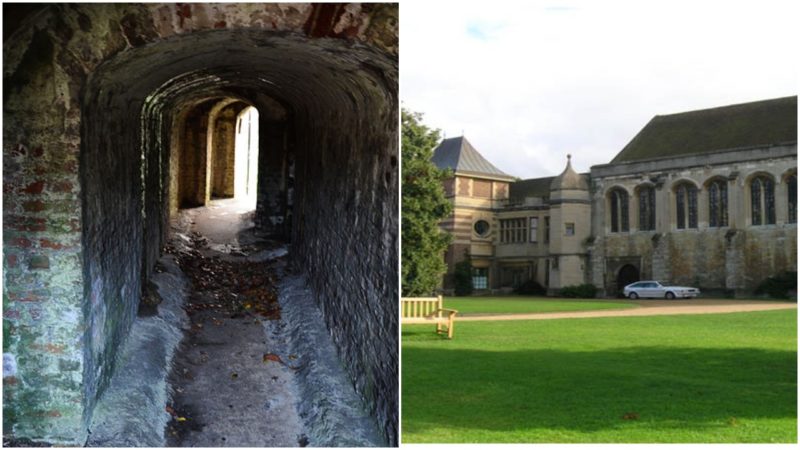Eltham Palace can be located with ease in the Royal Borough of Greenwich, in south-east London, England. The story of this glorious royal home began far back in history with Edward of Carnarvon, or King Edward II as he was mainly known, in the year 1305.
The Bishop of Durham, Anthony Bek, gave the lands to Edward as a gift. The palace was constructed in the area shortly after and the royal residence was used from the beginning of the 14th century.
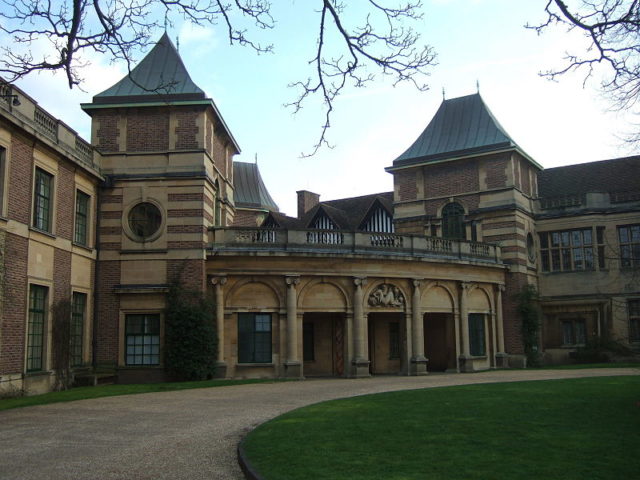
According to historians, it was here that Edward II’s successor, Edward III, decided to form the Order of Garter: an order of chivalry considered to be the most prestigious in all of Britain.
It was reputedly one of the favorite palaces of Henry IV. He chose Eltham Palace as the place to welcome Manuel II Palaiologos, the Byzantine Emperor-turned-monk who was the only such Byzantine Emperor to ever visit England.

Manuel II stayed at the palace for a full year: from 1400 to 1401. A joust was held in his honor in the jousting yard that still exists today.
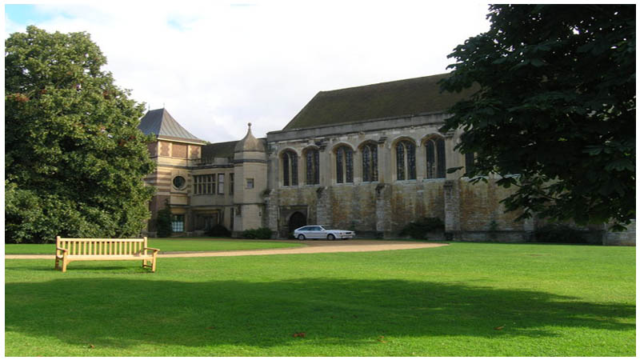
During the reign of Edward IV, the palace was further expanded by the addition of a Great Hall during the 1470s. Prince Henry, as he was known before he grew up to be King Henry VIII, spent a portion of his childhood at the property. In 1499, Henry became the student of Erasmus, a Dutch Renaissance humanist, teacher, Catholic priest and theologian.
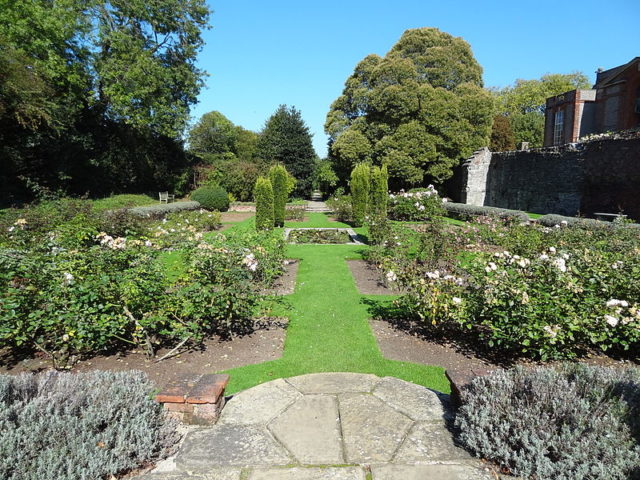
Erasmus came to be Henry’s tutor as a result of the persistence of Thomas More, the English lawyer and author of Utopia who became a saint in 1935. According to a written account by Erasmus, More came to visit Erasmus while he was staying in Lord Mountjoy’s house and took him to meet the nine-year-old Henry.
The same day, a dinner was held at Eltham Palace during which Henry asked Erasmus to write him a poem. According to English scholar and author Raymond Wilson Chambers, it took Erasmus three days to write the poem and present it to the prince.
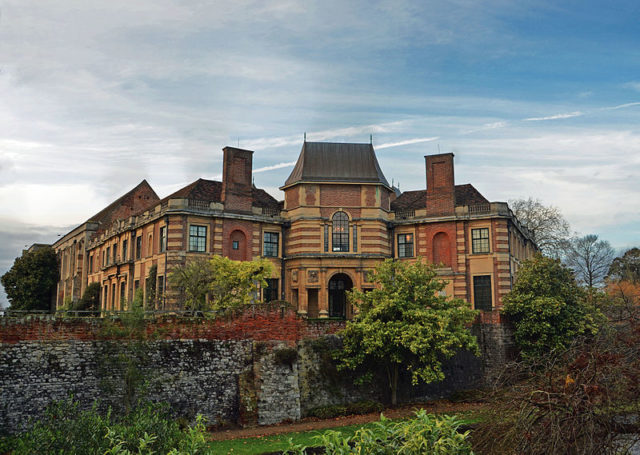
During Tudor times, the palace was used for a number of royal Christmas celebrations. Years later, when the Palace of Placentia was fully rebuilt, Eltham Palace began to lose its important status and was left vacant for many years.
Its parks were used for hunting as the deer population thrived. Around the 1630s, the Royals gave up the palace and part of it was given to Baroque artist and painter, Anthony van Dyck.
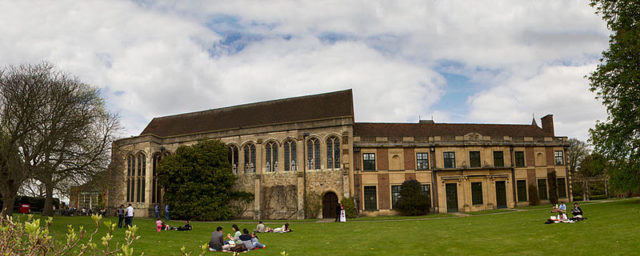
When the English Civil War started – a clash between the “Roundheads” (Parliamentarians) and “Cavaliers” (Royalists) that resulted with the death of Charles I and the exile of Charles II – the deer population was completely lost; so were the trees in the parks.
It was noted by English writer John Evelyn that when he went to the district of Eltham in 1656, the palace was already in a state of complete ruin.
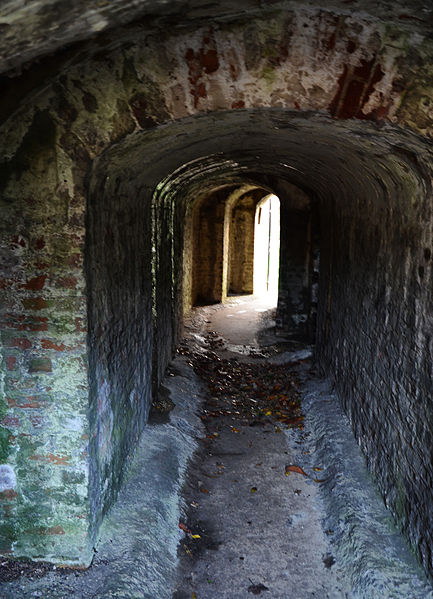
It remained as such for well over two centuries. Stephen Courtauld, a member of the wealthy Courtauld textile family, renovated the Great Hall in 1933, adding a minstrels gallery to the original design. Alongside the renovations, he also built a home for himself on the land in Art Deco style.
The house was used for almost a decade but was damaged during World War II in 1940 by an incendiary bomb during the Blitz. The Royal Army Educational Corps became the owners of the estate in 1945 and used it until 1992.
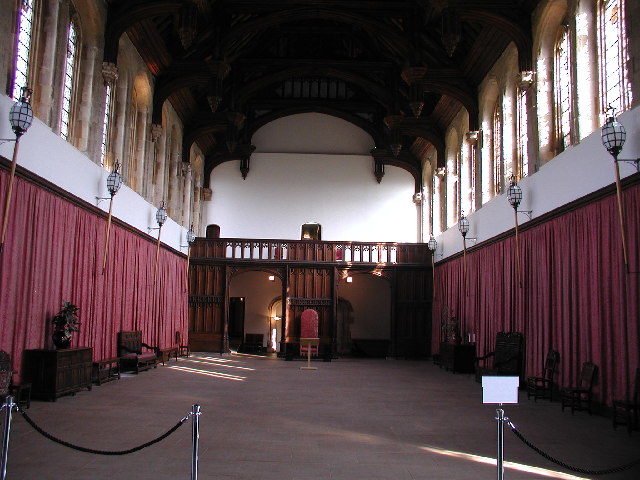
Three years later, the property was handed over to English Heritage and towards the end of the 20th century, renovations began again.
Today, the property is open to the general public and part of it is used for hosting weddings. A number of TV programs, films, and music videos were filmed at the palace, the likes of which include the commercial for Gucci, Florence and the Machine’s music video for Shake it Out, Guy Ritchie’s film Revolver, and many others.
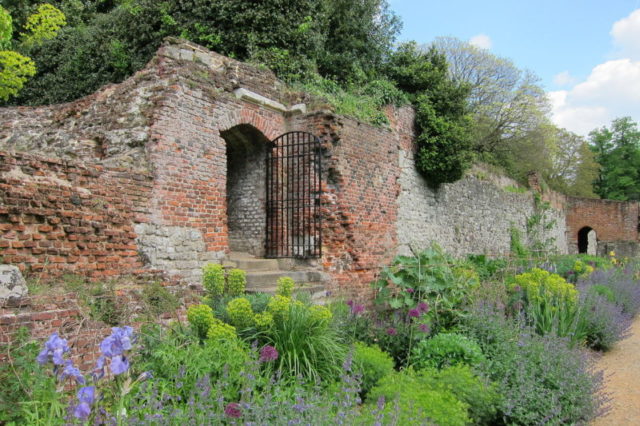
Legend has it that the palace is haunted by an ex-staff member. “Eltham Palace, in Greenwich, south east London, is said to be haunted by a former member of staff who died a week after retiring. A man matching his description and with the same accent is said to have given a guided tour to visitors when the site was otherwise empty,” writes the Telegraph.
